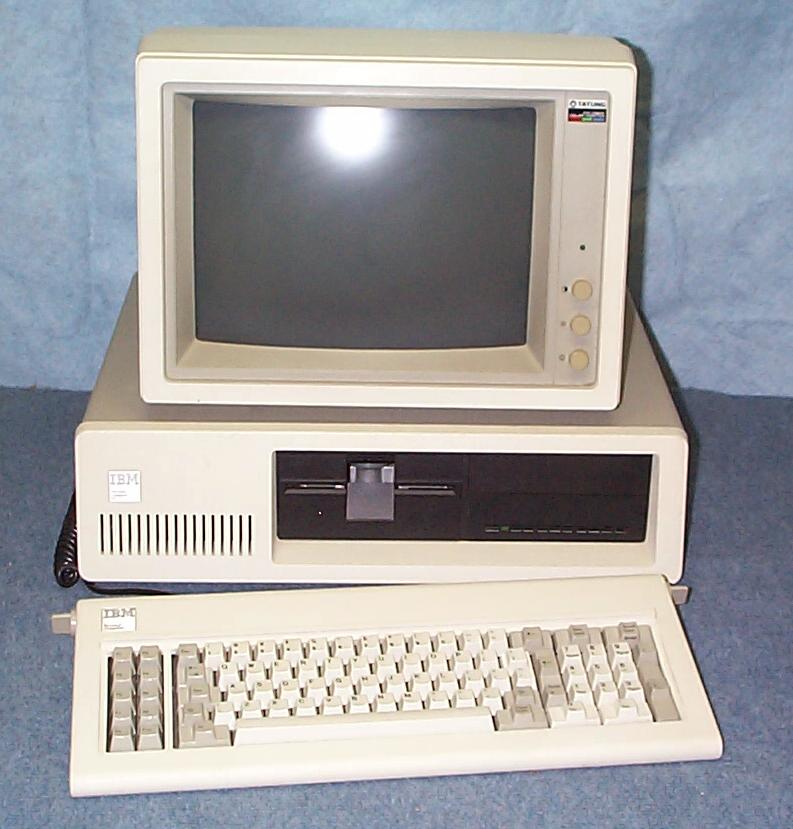The latest technology gadget by Pranav Mistry ....................
Sixth sense technology is the portable and wearable gestural interface.It works as a projector, a mobile phone , camera etc .It also acts as a pen which can draw 3D objects,a physical Google map, a camera that can make any surface an application controlling interface.
It also gives the facility to call.
It includes some advance hardware like wearing some controlling devices including color markers, Camera and projector.
Some information about Pranav Mistry the inventor of greatest invention of time (sixth sense technology):
Pranav Mistry (b. 1981 in Palanpur, India) is one of the inventors of Sixth Sense. He is a
research assistant and a PhD candidate at MIT Media Lab.Before his studies at MIT, he worked with Microsoft as a UX researcher; he's a graduate of IIT.
Demo of sixth sense technology by Pranav Mistry:
Sixth sense technology is the portable and wearable gestural interface.It works as a projector, a mobile phone , camera etc .It also acts as a pen which can draw 3D objects,a physical Google map, a camera that can make any surface an application controlling interface.
It also gives the facility to call.
It includes some advance hardware like wearing some controlling devices including color markers, Camera and projector.
Some information about Pranav Mistry the inventor of greatest invention of time (sixth sense technology):
Pranav Mistry (b. 1981 in Palanpur, India) is one of the inventors of Sixth Sense. He is a
research assistant and a PhD candidate at MIT Media Lab.Before his studies at MIT, he worked with Microsoft as a UX researcher; he's a graduate of IIT.
Demo of sixth sense technology by Pranav Mistry:
















